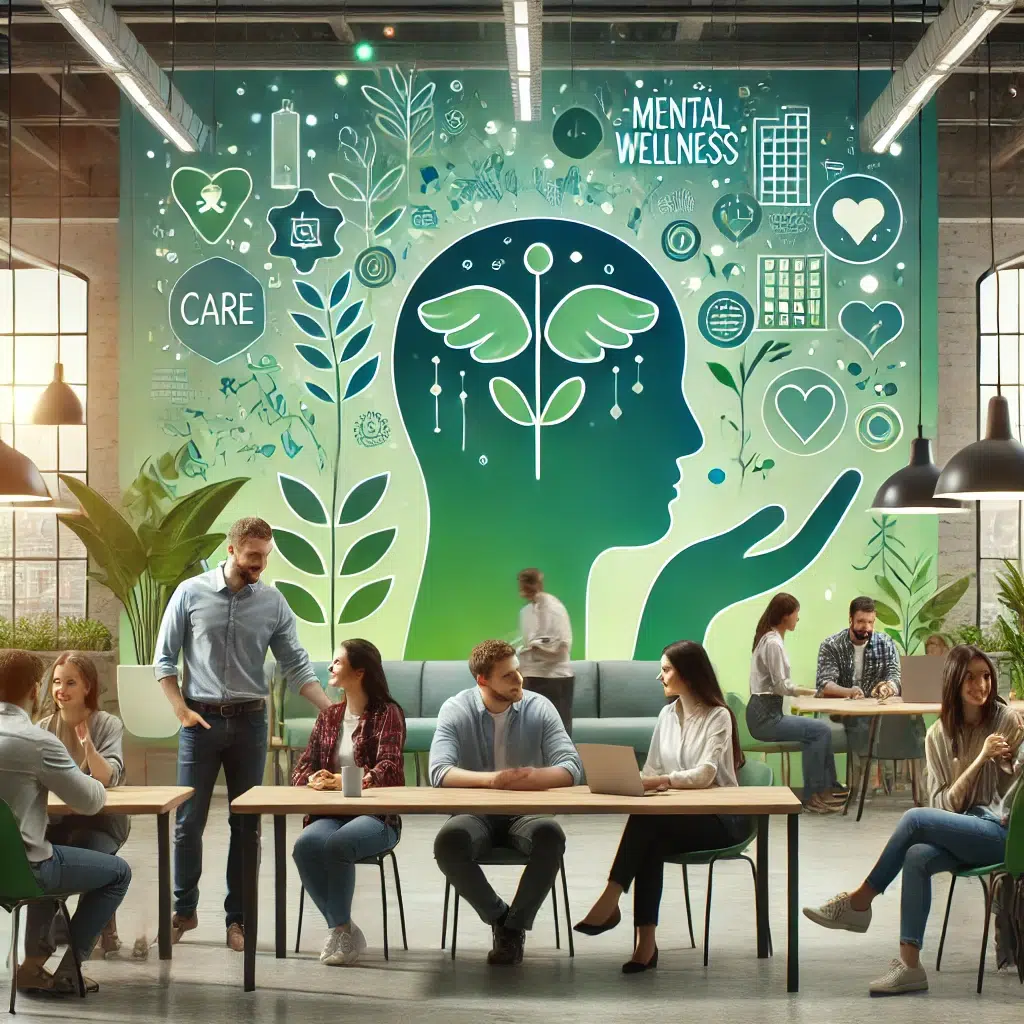Art therapy is much more than simply creating art; it’s a powerful mental wellness tool supported by science. This therapeutic practice taps into creativity as a way to explore emotions, reduce stress, and improve overall mental health. It doesn’t matter if you’re a skilled artist or just enjoy doodling—art therapy can offer everyone a chance to experience the healing effects of creativity.
The Science of Art Therapy
Art therapy operates on a deep, neurological level. Engaging in creative tasks stimulates various parts of the brain, enhancing functions related to emotion, cognition, and motor control. When we create art, the brain undergoes a process called neuroplasticity, where it reorganises itself by forming new neural connections. This flexibility is critical in managing stress and building resilience against mental health challenges.
Benefits of Art Therapy on the Mind
- Activation of Key Brain Regions
Engaging in artistic activities stimulates parts of the brain responsible for regulating emotions, decision-making, and problem-solving. It’s like exercising different areas of the brain, helping them stay sharp and efficient.
- Reduction in Stress Levels
Research shows that art-making can significantly lower cortisol levels, the hormone associated with stress. Think of it as a mini-vacation for your brain—without the travel expenses! By focusing on colours, shapes, and lines, we shift our attention away from stressful thoughts, giving our minds a break.
- Enhanced Emotional Processing
Sometimes, words aren’t enough to express what we’re feeling. Art provides a non-verbal way to explore and express emotions, making it easier to understand and process complex feelings.
- Promotion of Mindfulness
Creating art requires focus and engagement, which can help you stay grounded in the present moment. The repetitive movements and concentration in creating something beautiful can be a powerful form of mindfulness, reducing anxiety and promoting inner peace.

The Biological Impact of Art on Mental Health Therapy?
Art therapy isn’t just about self-expression; it has real, biological effects on the body. Engaging in creative activities can lower cortisol levels, reducing stress and balancing mood. Art can also promote the release of dopamine, a neurotransmitter responsible for pleasure and motivation, making you feel happier and more fulfilled.
Improvement in Cognitive Functions
Art therapy is an excellent way to boost cognitive flexibility—the brain’s ability to adapt to new information and situations. Regular creative activities can improve problem-solving skills, attention to detail, and even memory, offering a cognitive workout that’s both enjoyable and beneficial.
- Boosting Problem-Solving Skills
Art involves making decisions on colours, shapes, and patterns, which strengthens the brain’s problem-solving pathways. This skill doesn’t just stay within the art session; it can spill over into real-world decision-making.
- Enhancing Cognitive Flexibility
Creativity requires the brain to make connections between seemingly unrelated concepts, helping to improve cognitive flexibility and adaptability.
How Art Therapy Supports Emotional Expression
Art offers a safe space to communicate emotions that may be hard to verbalise. By putting our thoughts and feelings into visual form, we engage in a silent dialogue with ourselves, gaining clarity without the need for words.
Mindfulness Through Art
Art therapy promotes mindfulness, a practice of staying present and engaged in the current moment. When we create art, we immerse ourselves in the process, pushing aside worries and stressors. This practice can help break cycles of overthinking and improve overall mental clarity.

Art Therapy in Practice
Art therapy can take many forms: painting, drawing, sculpting, or even simple doodling. Techniques vary based on individual needs, from guided art sessions with a therapist to unguided free drawing, allowing individuals to explore self-expression in their own way.
Case Studies and Research on Art Therapy
Numerous studies highlight the effectiveness of art therapy for conditions like PTSD, anxiety, and depression. For instance, veterans with PTSD often find relief through art therapy, as it allows them to process traumatic memories in a safe, creative environment.
Why Art Therapy is Different from Traditional Therapy?
Art therapy doesn’t rely solely on conversation; it’s about expressing yourself visually. This form of therapy is particularly beneficial for those who find it challenging to articulate emotions verbally, allowing them to heal and process emotions without words.
Who Can Benefit from Art Therapy?
Art therapy is versatile and beneficial for people of all ages, including children, adults, and the elderly. Those facing mental health challenges, such as PTSD, anxiety, and depression, can find it especially helpful. But it’s also beneficial for anyone seeking stress relief, self-discovery, or simply a creative outlet.
Getting Started with Art Therapy
- Finding a Qualified Art Therapist
Seek a licensed art therapist if you want a structured approach. Art therapists are trained professionals who can guide you through creative exercises tailored to your needs.
- DIY Art Therapy Techniques to Try
Not ready to see a therapist? Start by doodling or painting at home. Try creating something that represents your current emotions or draw something that makes you feel calm and peaceful.
Myths About Art Therapy
- You Don’t Need to Be an Artist
Art therapy isn’t about creating a masterpiece. It’s about expression, so perfection doesn’t matter.
- It’s Not Just for Kids
Although art therapy is widely used with children, adults can equally benefit from the emotional and mental clarity it provides.

Conclusion
Art therapy is a powerful, science-backed tool that promotes mental well-being, fosters emotional healing, and enhances cognitive functions. Whether you’re dealing with stress, seeking mindfulness, or simply wanting a creative outlet, art therapy offers a safe, effective way to improve your mental health. So, next time you pick up a brush or start doodling, remember that it’s more than just fun—it’s an investment in your mind and soul.


